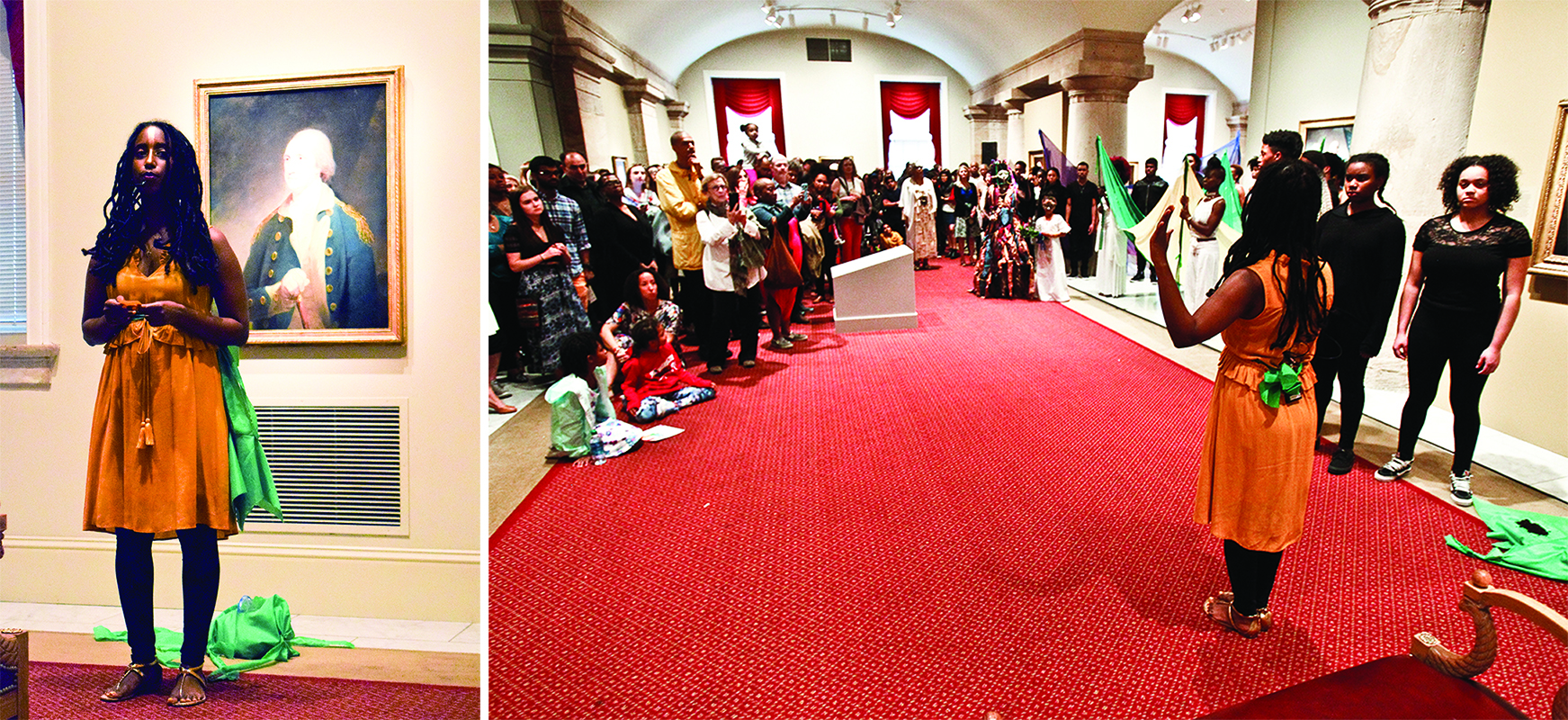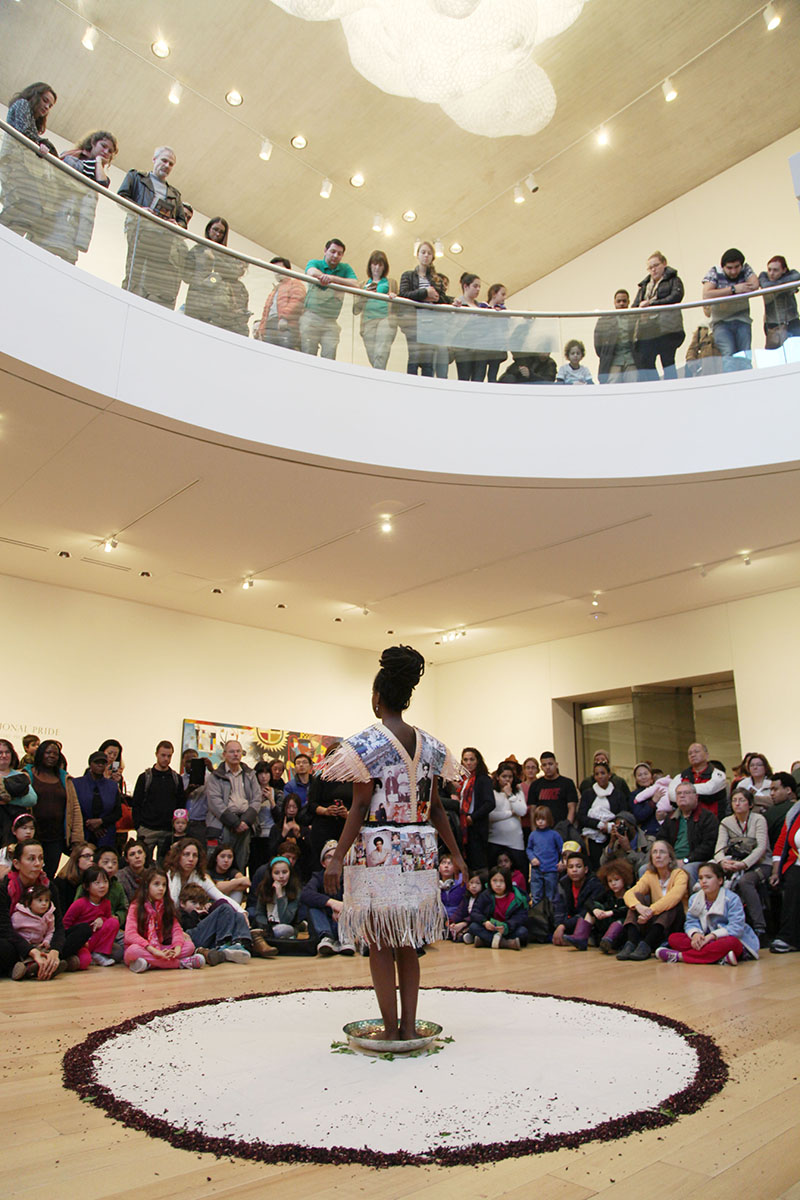Patrick Harkin utilizes installation, video, sound, and photography in his artistic practice. His theatrically staged work investigates themes of commodity criticism and concepts of ideology in modern consumer culture. He addresses the ties between images, materiality and consumerism in order to explore the human condition under image mediated culture.
Patrick currently teaches photography at Virginia Commonwealth University. He received his BFA from the University of Florida in 2015 and his MFA from Virginia Commonwealth University in 2017. Recent exhibitions of his work have taken place at Virginia’s Museum of Contemporary Art (Virginia Beach), VALET (Richmond), Florida Museum of Photographic Arts (Tampa) and Gallery Protocol (Gainesville).
Artist statement
Growing up in suburban Florida, I am well acquainted with the seasonal need to try and hurricane-proof everything in my native state. Cycles of building, destruction, and rebuilding related to the natural elements, especially water and wind, are spotlighted in my work. Memories of my upbringing living in flood zones and my relationship to rising sea levels resonates with me and informs my practice to this day. Many of the materials I work with are collected in the preparation and aftermath of hurricanes I have lived through, as well as in the wake of my own consumer habits. Use of consumer detritus, building materials, and allusions to natural disasters serve as powerful metaphors and entry points that open the work to the complex systems I strive to address.
My work addresses the ties between images, materiality, and consumerism in order to explore the human condition under image mediated culture. I examine the way in which we can read images and objects as material, spatial, and ideological models of the world. My working method involves creating objects and scenarios specifically to be photographed, as well as sculptural and video work to be presented in dialogue with traditional photographs. My aim is to reconsider sculptural and photographic tradition through material inquiry and installation in order to script my unique sense of visual reality.




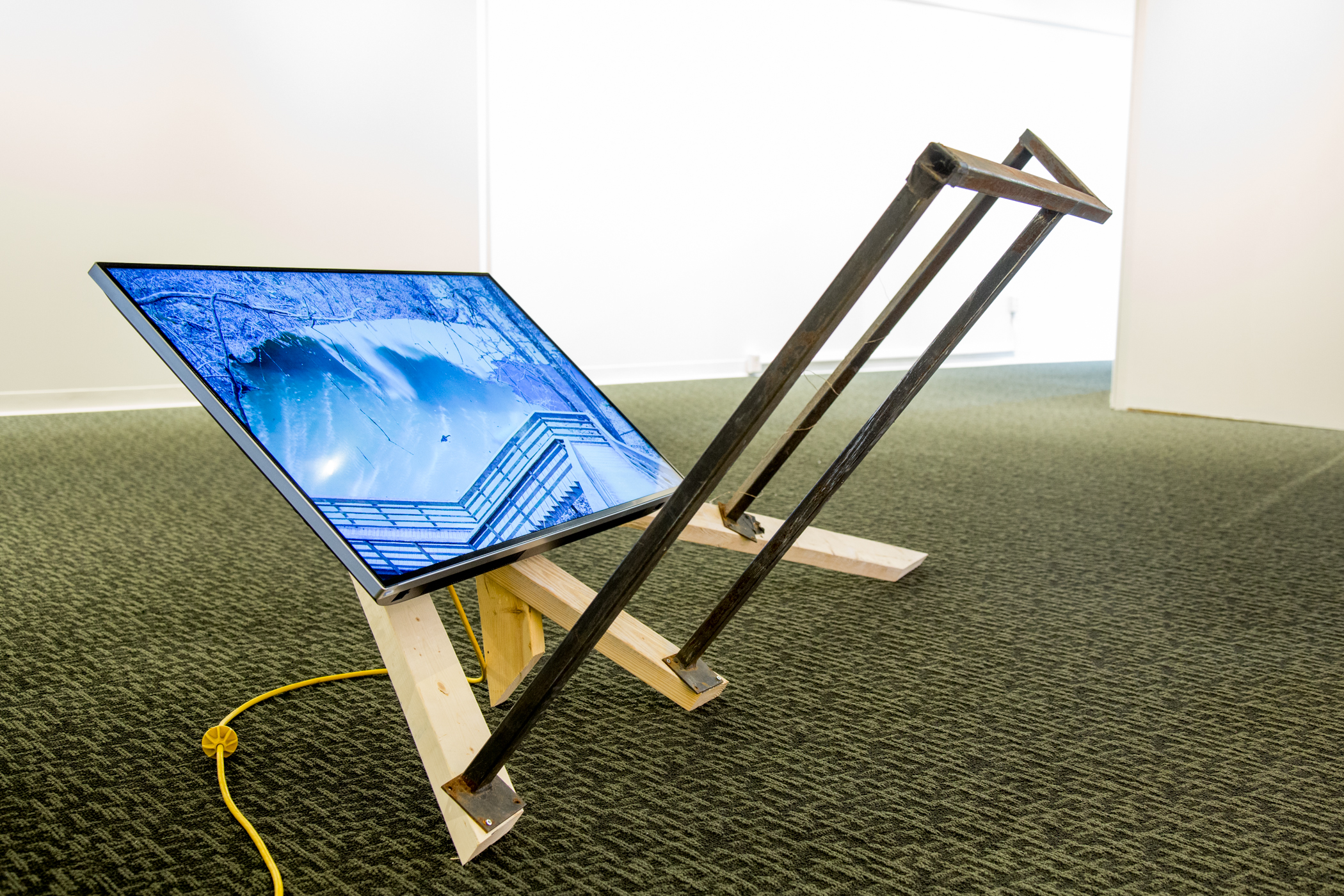
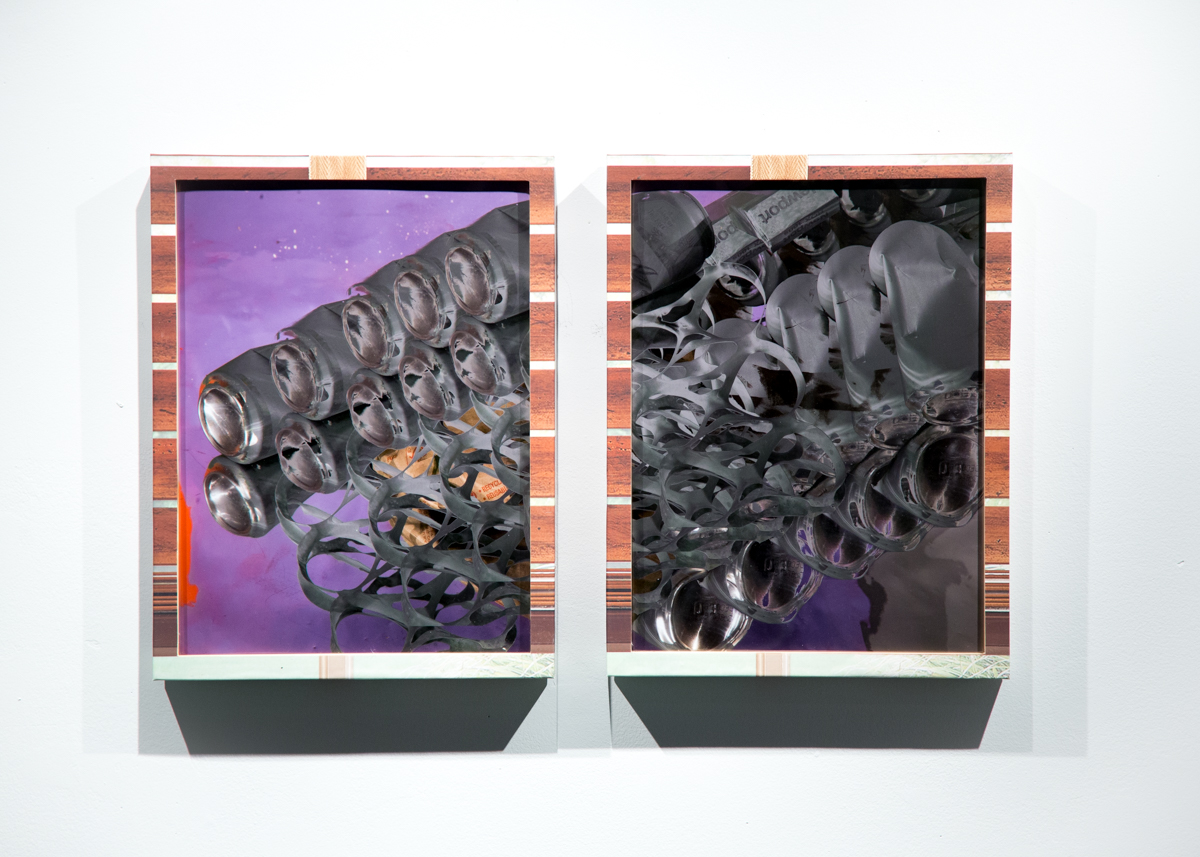
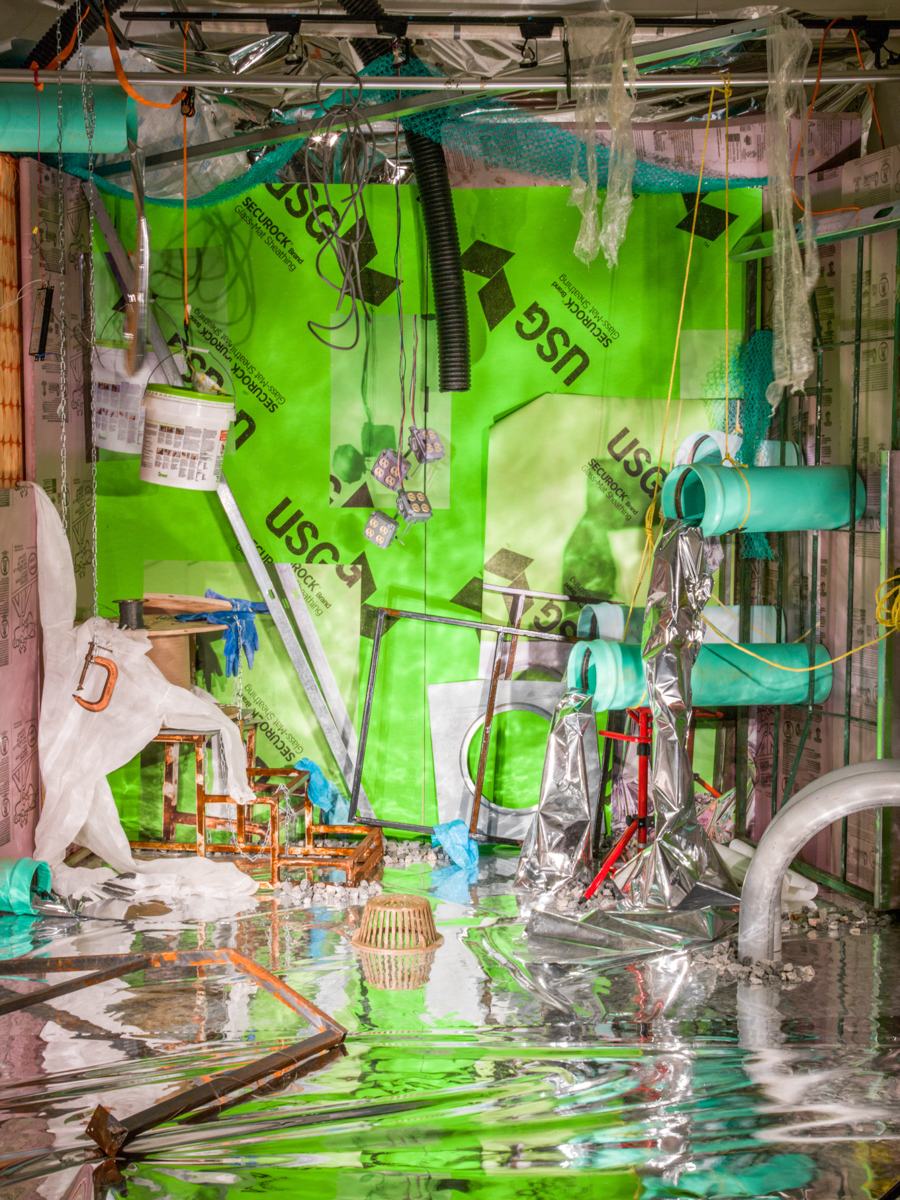
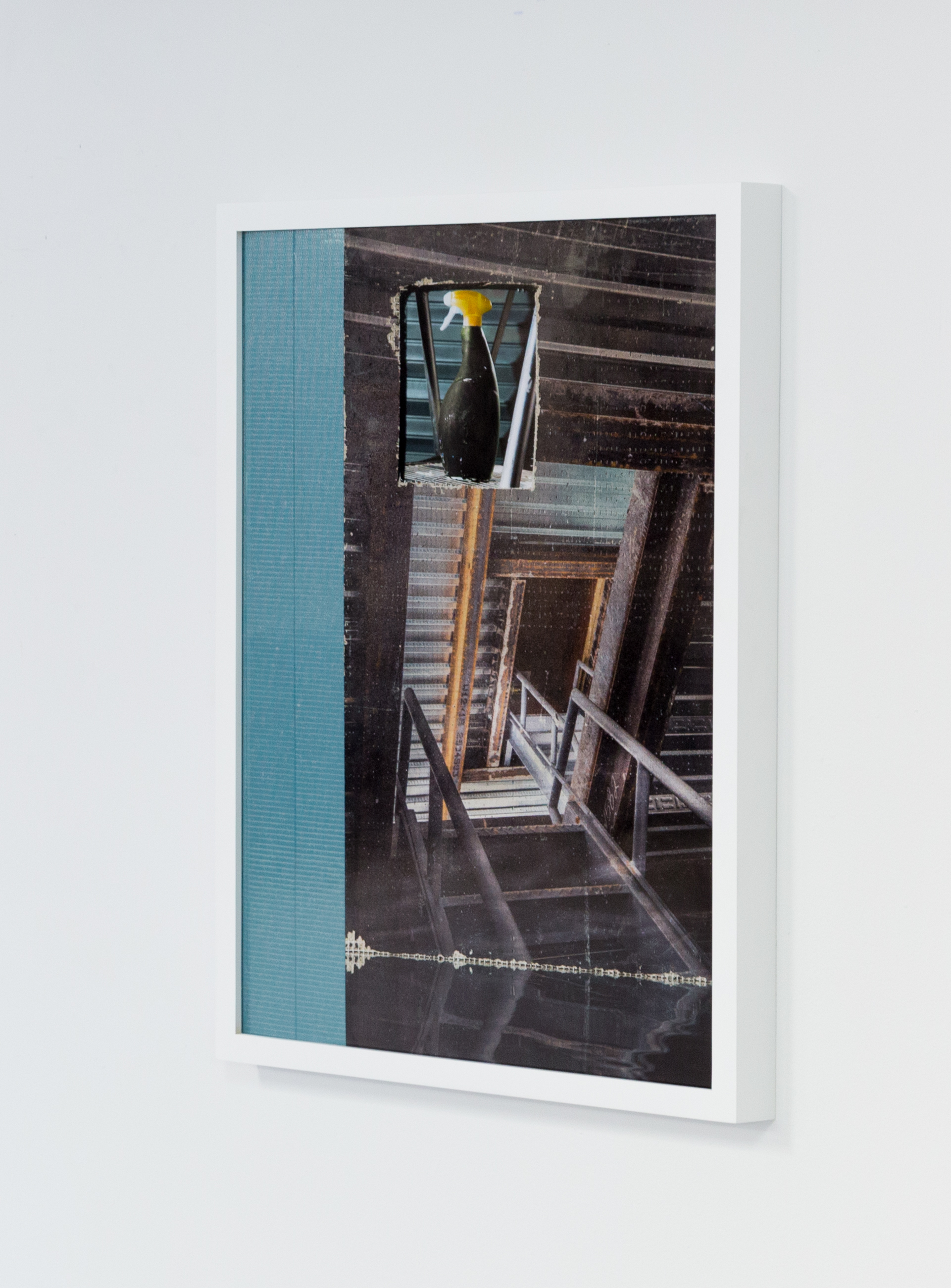
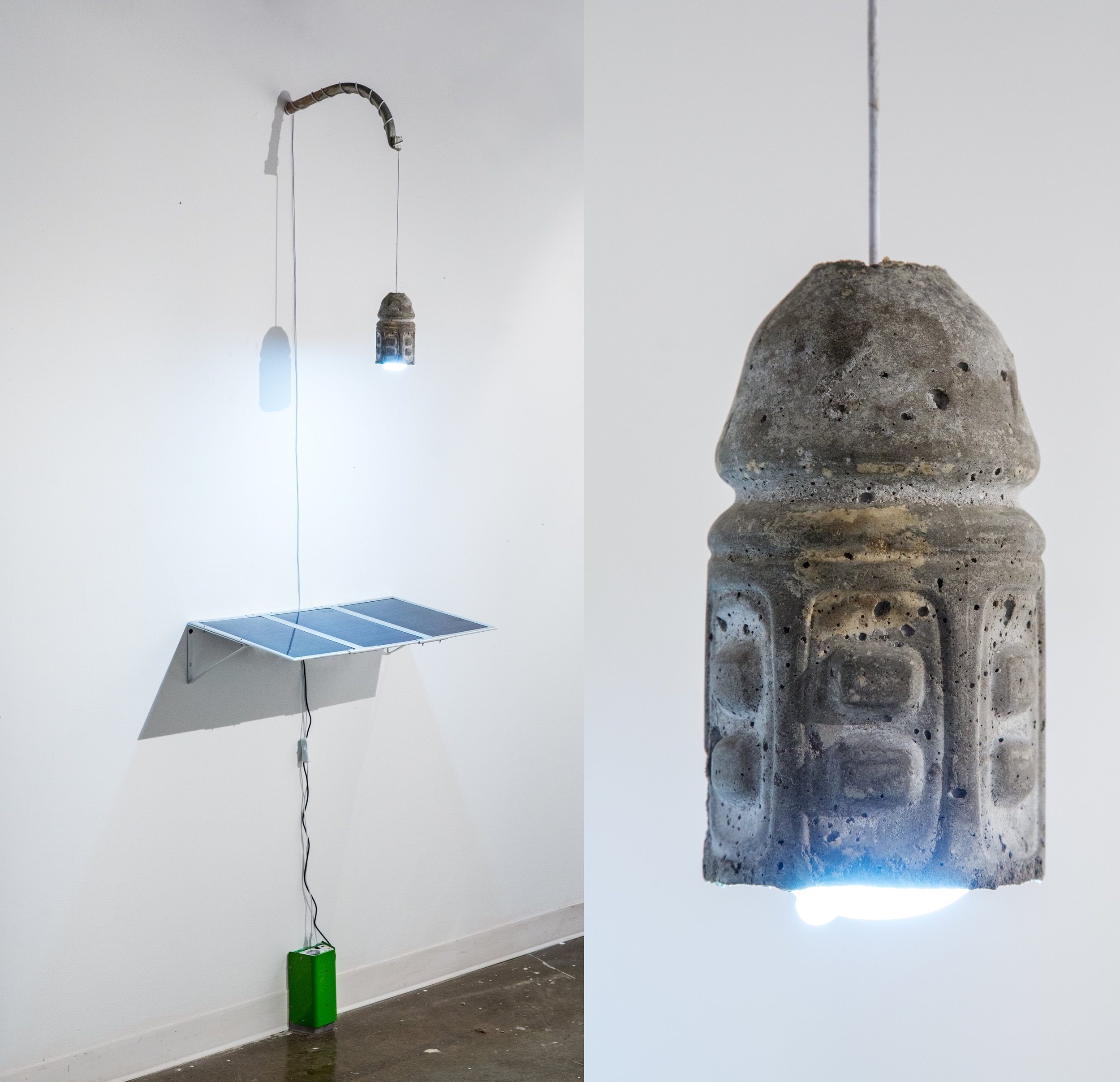
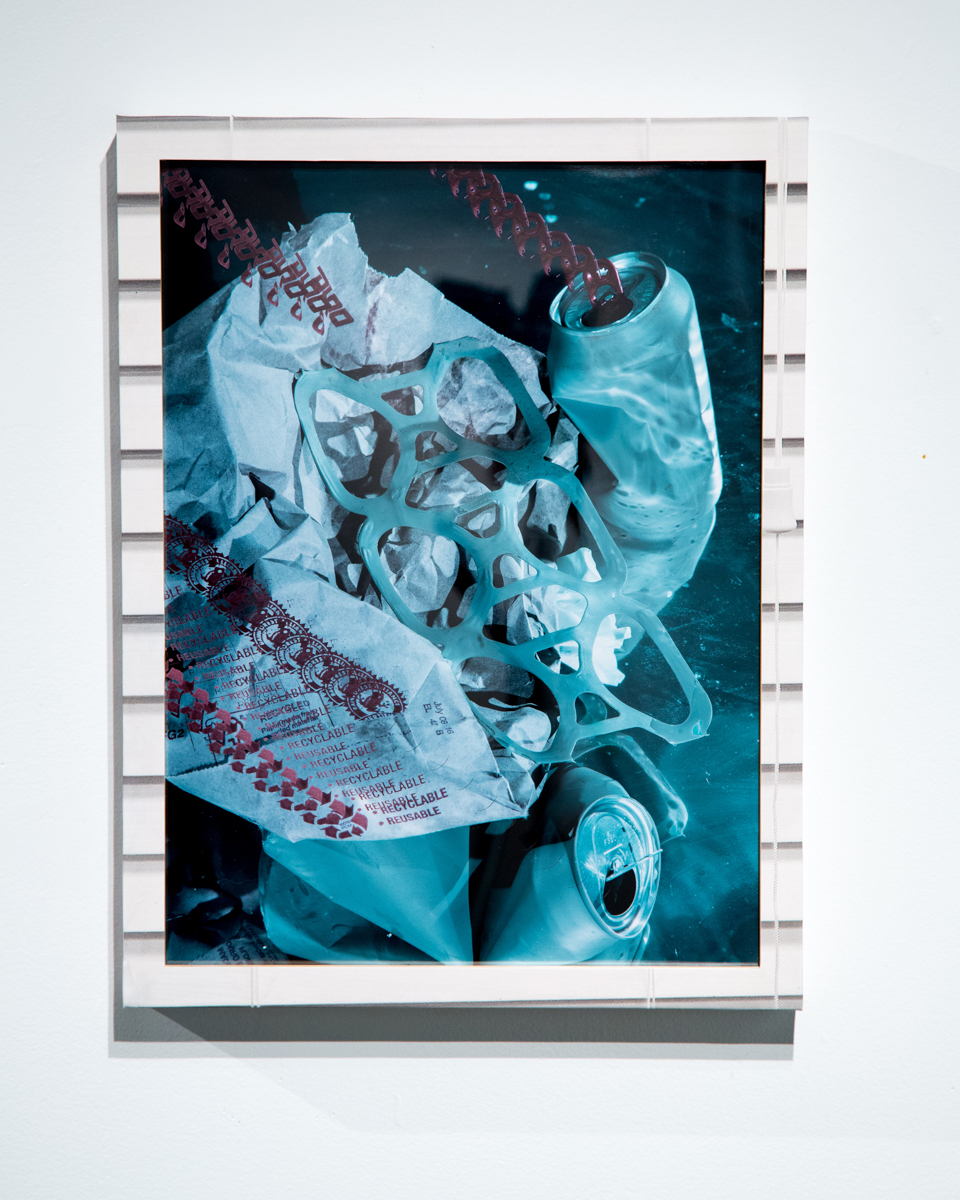
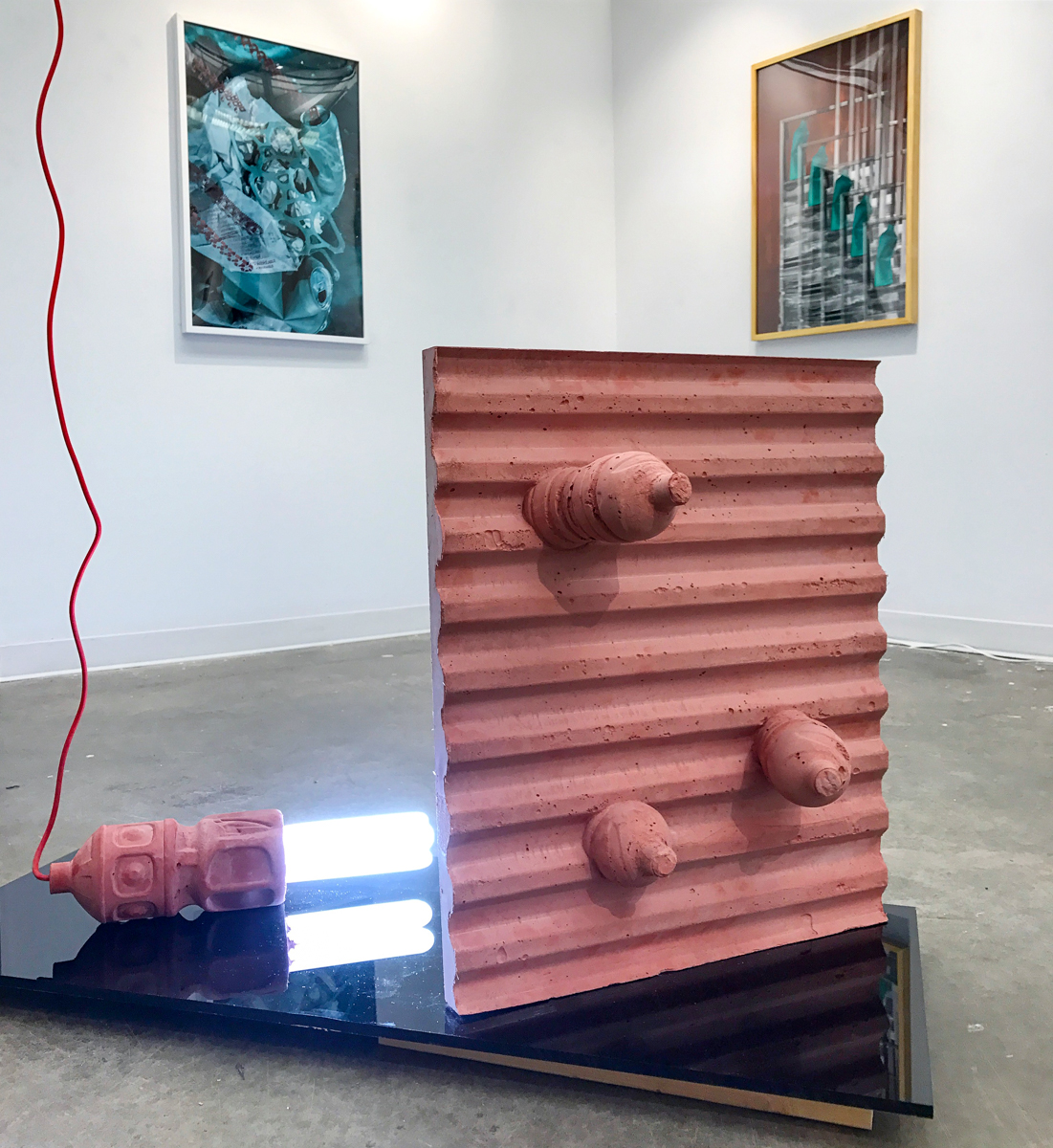


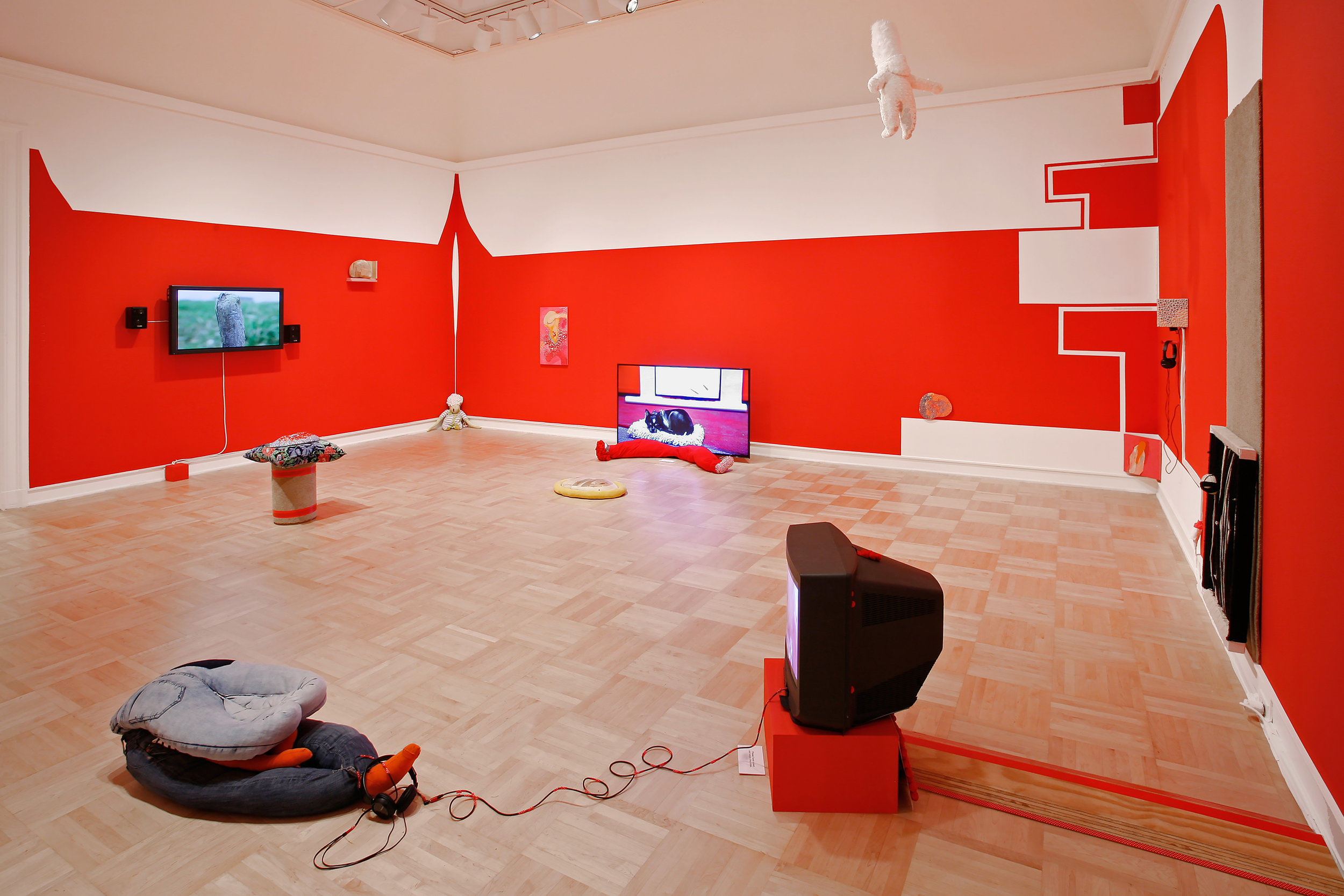
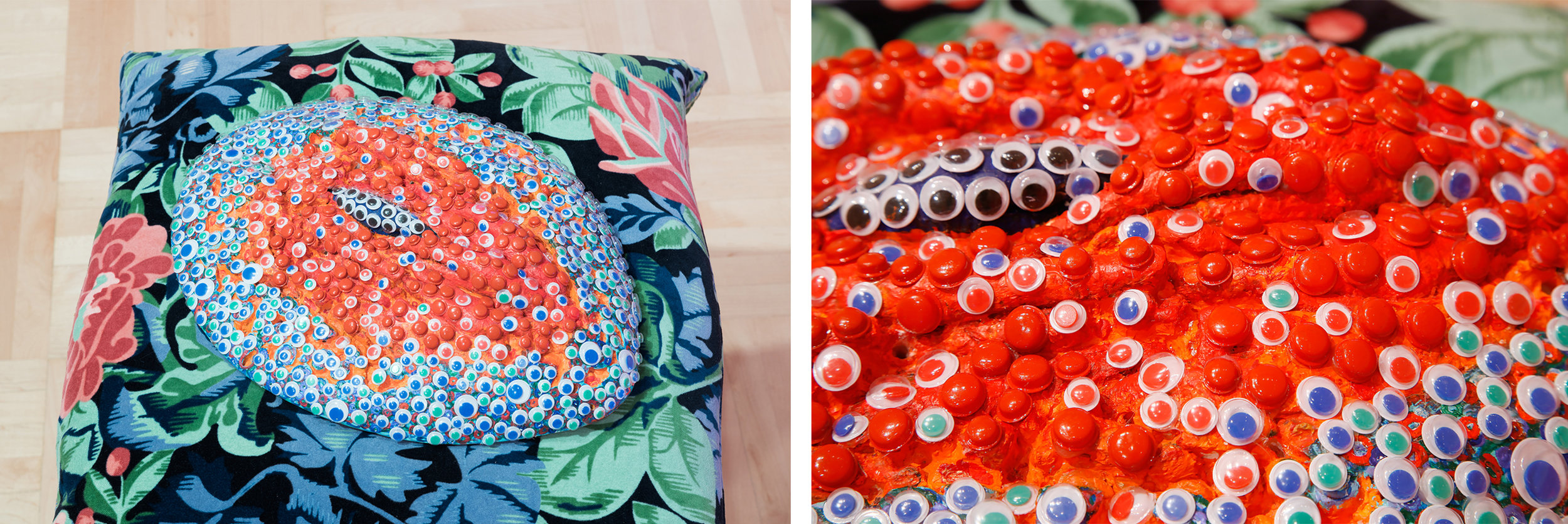
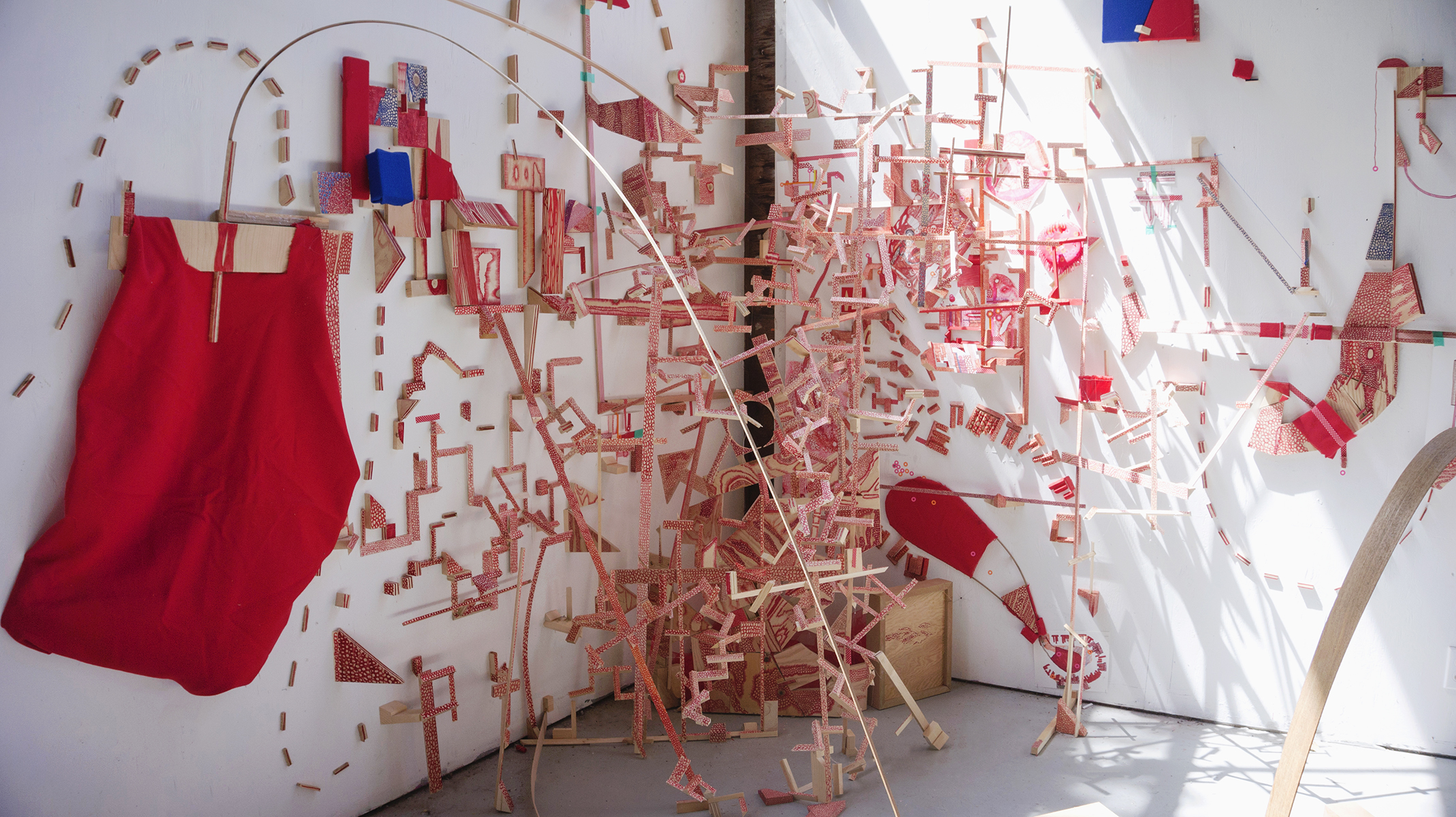
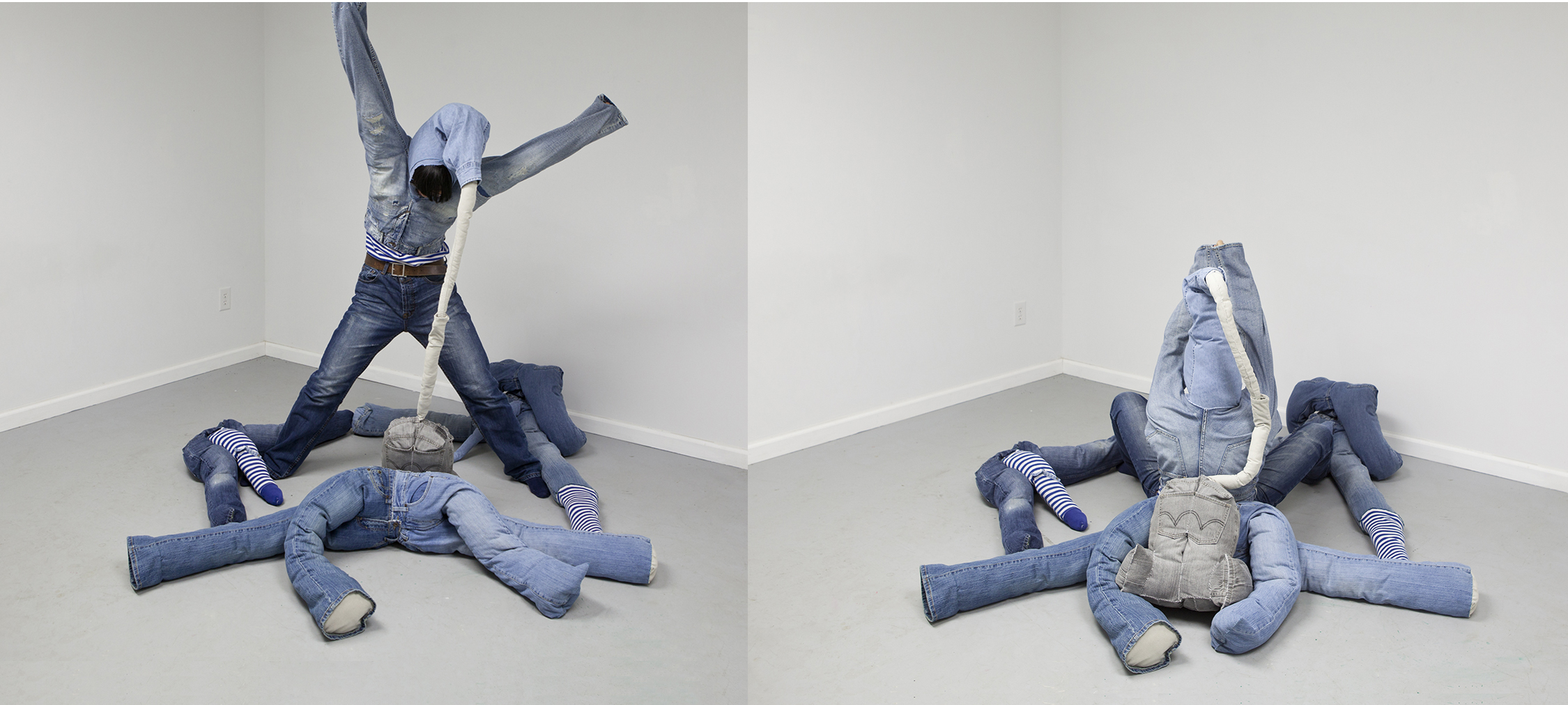
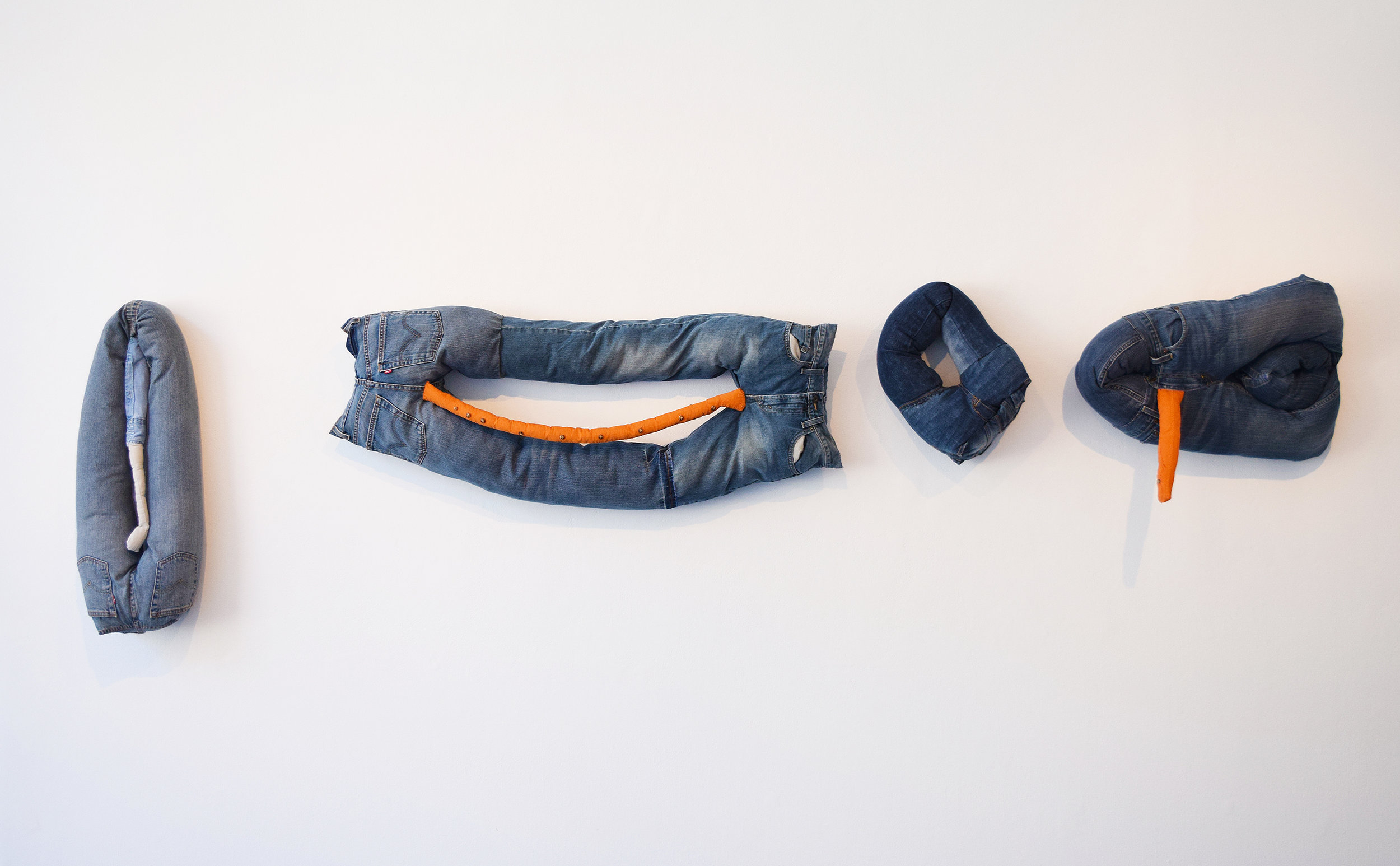
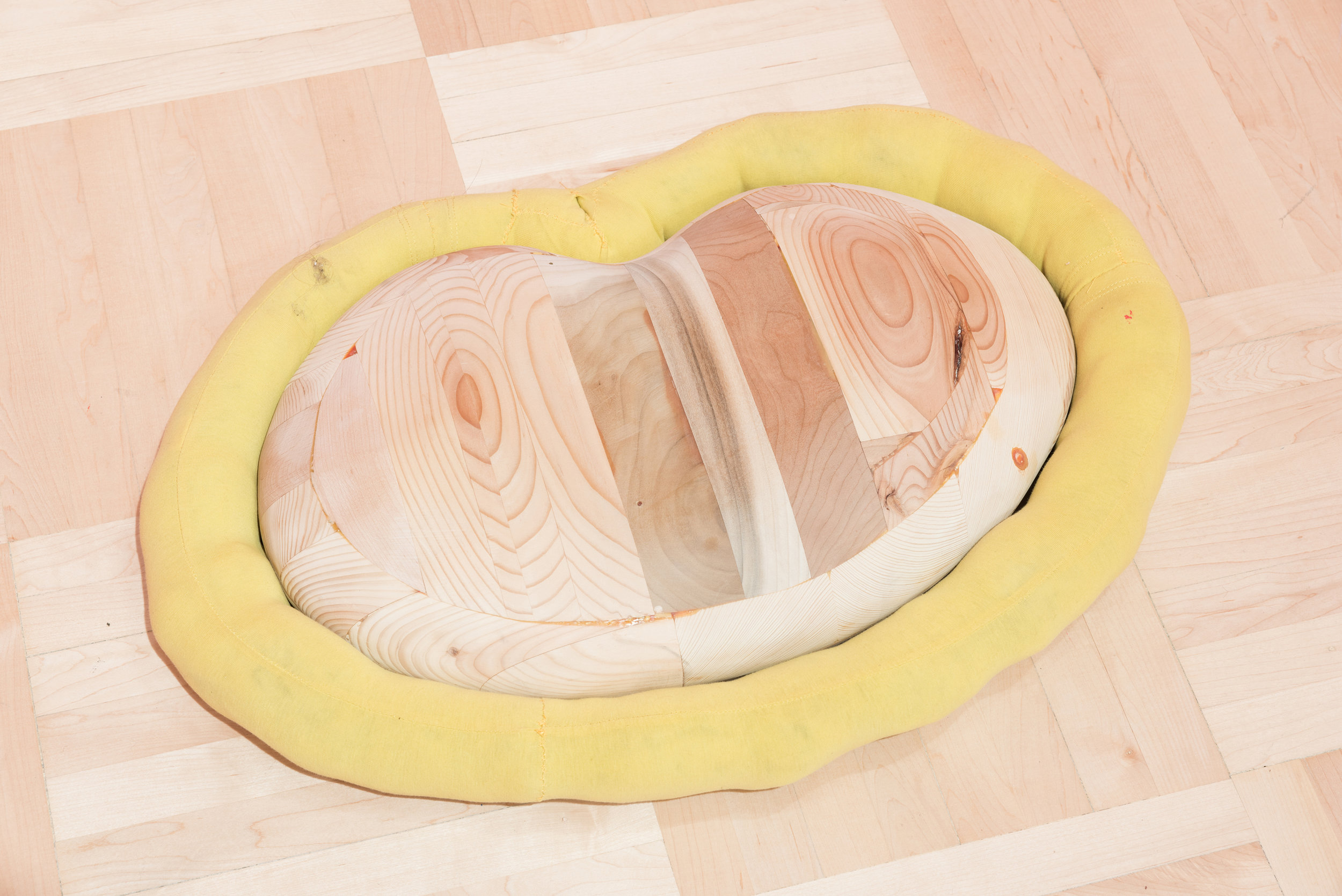


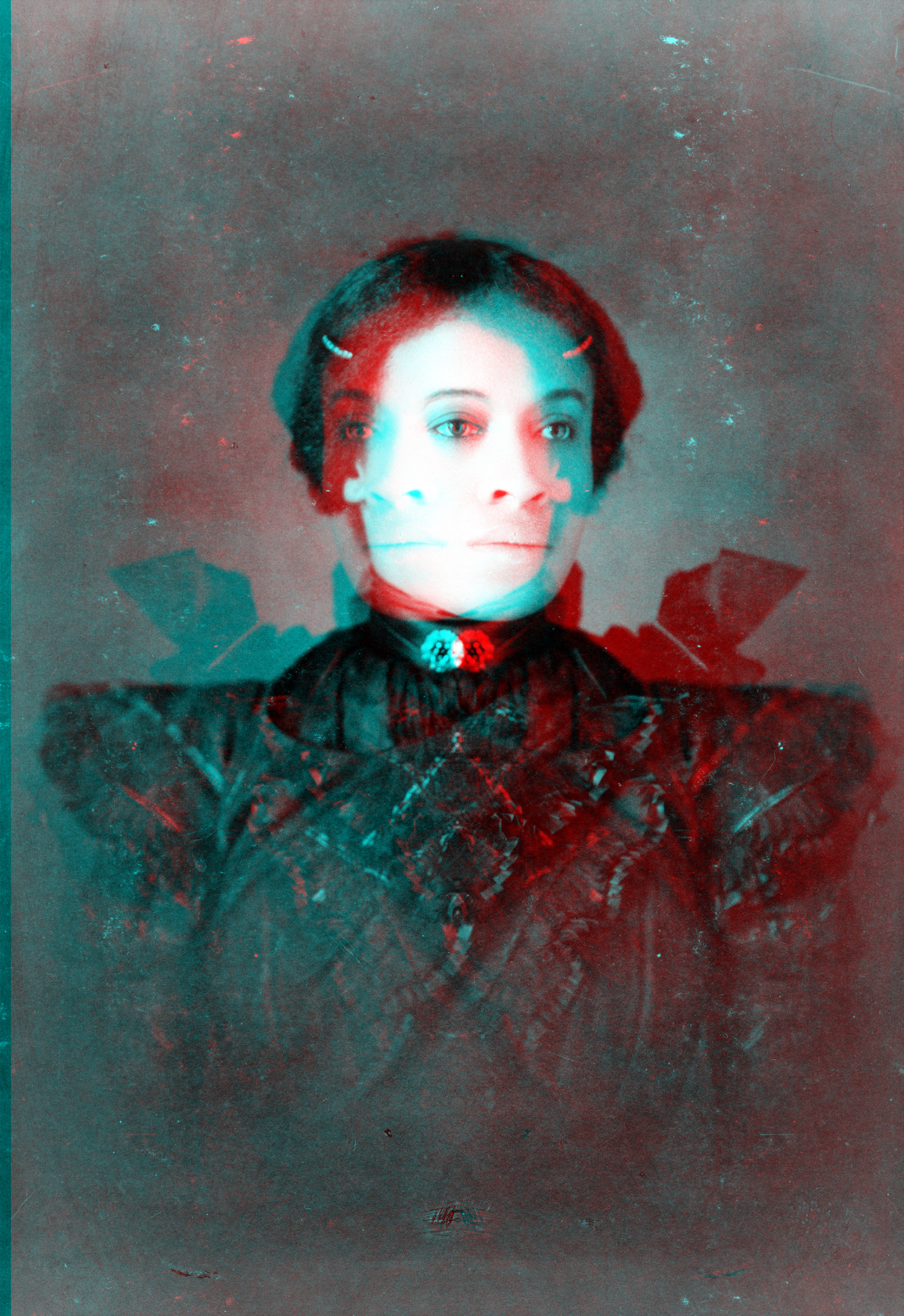
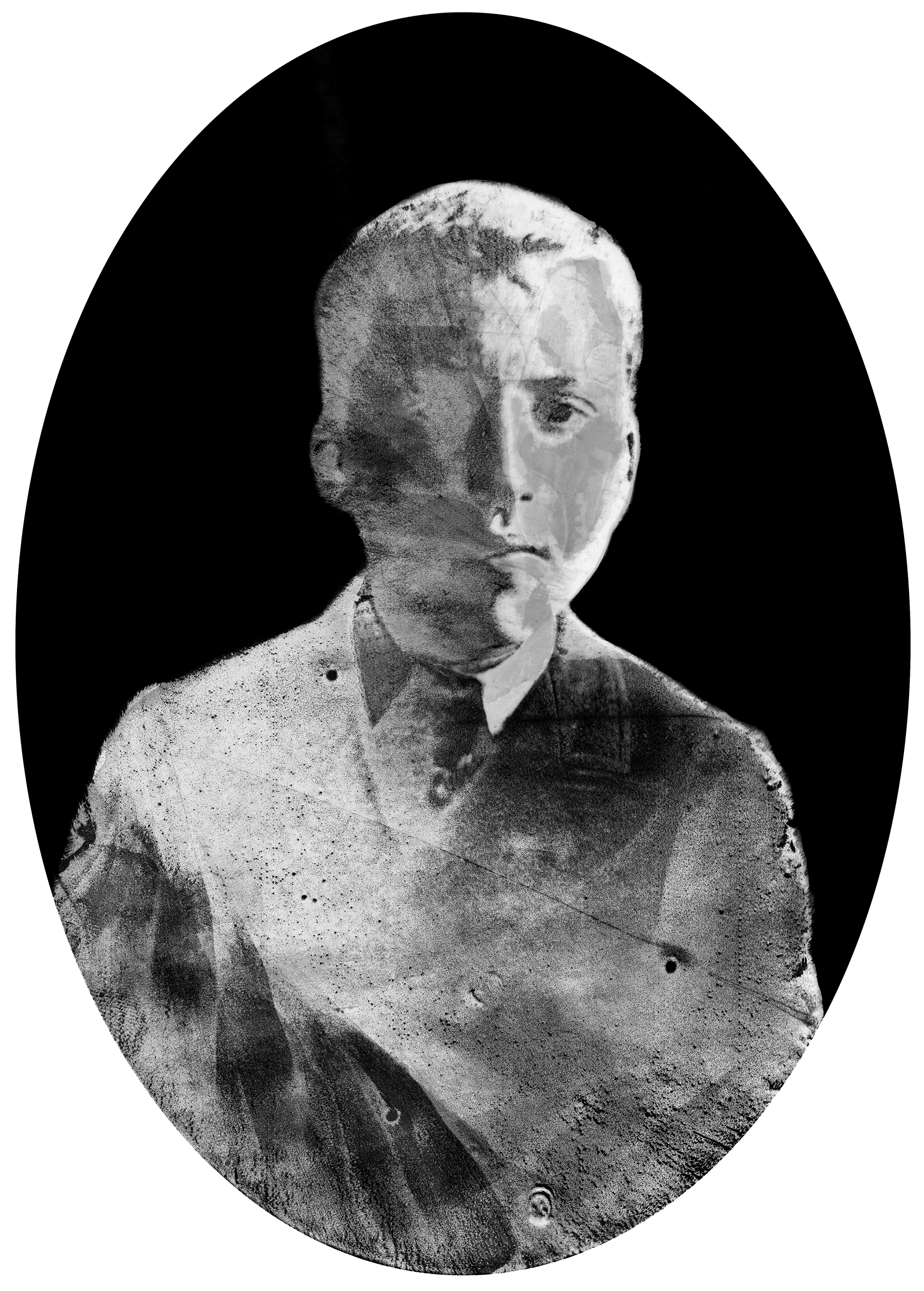
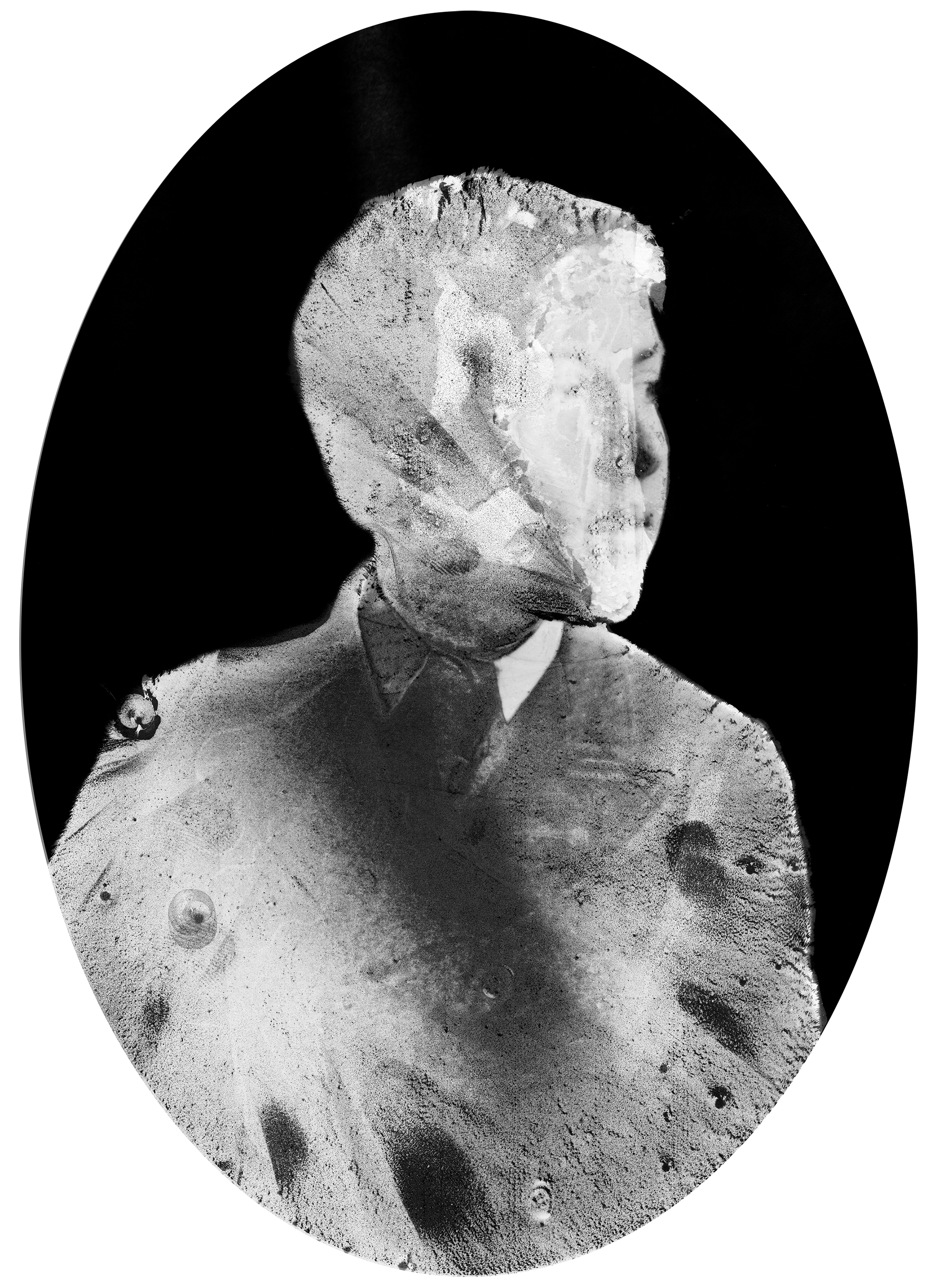
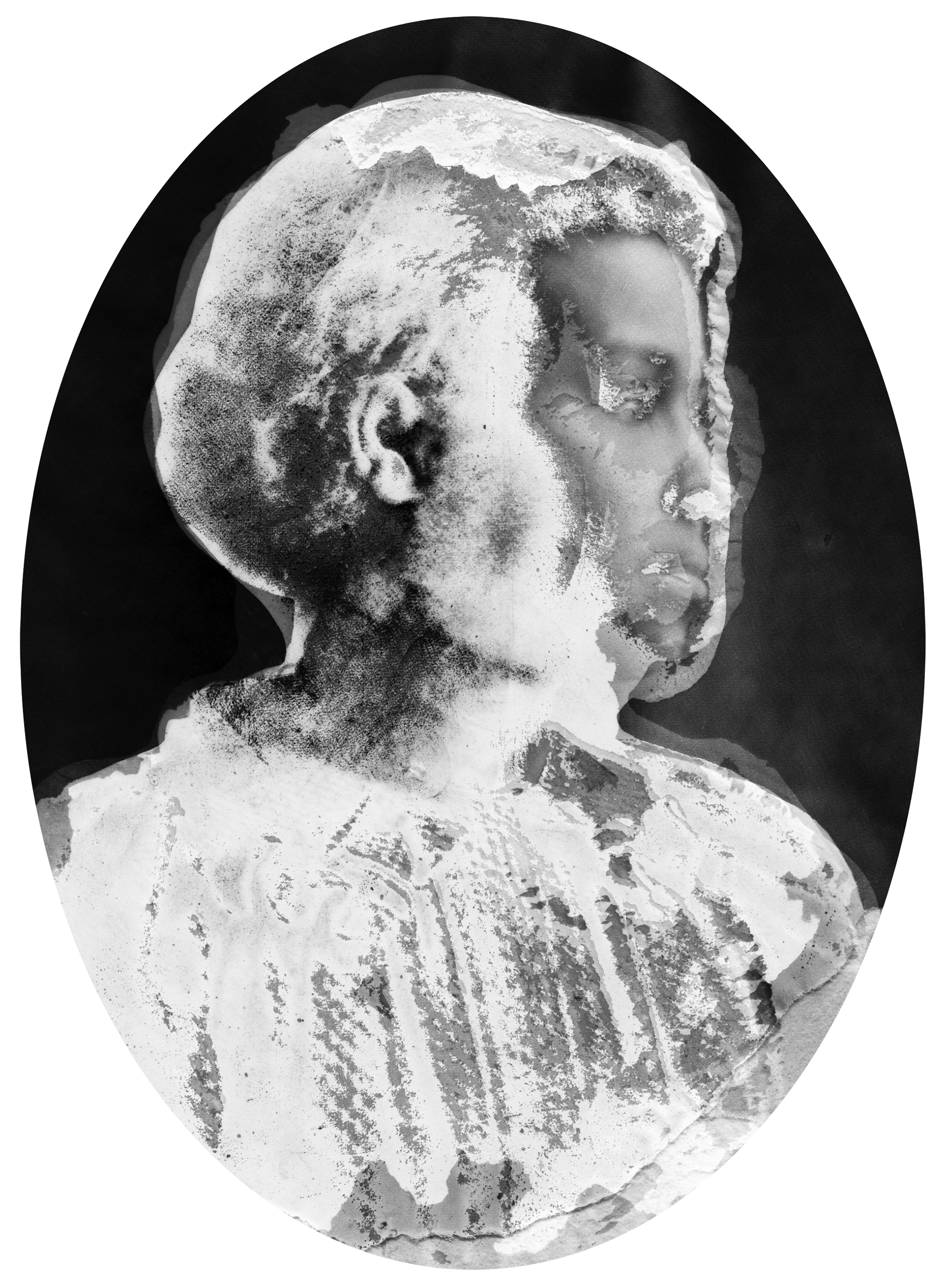
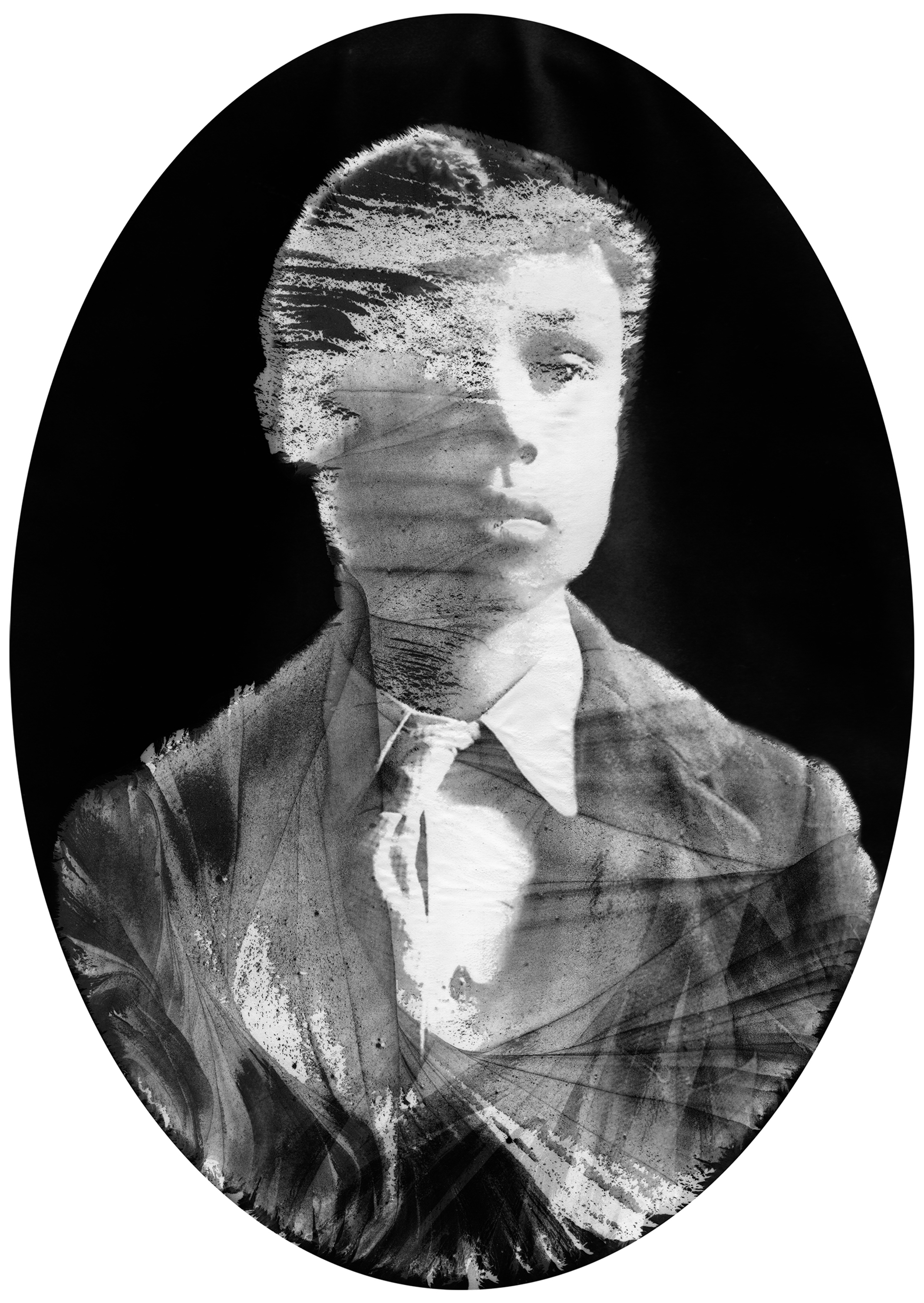
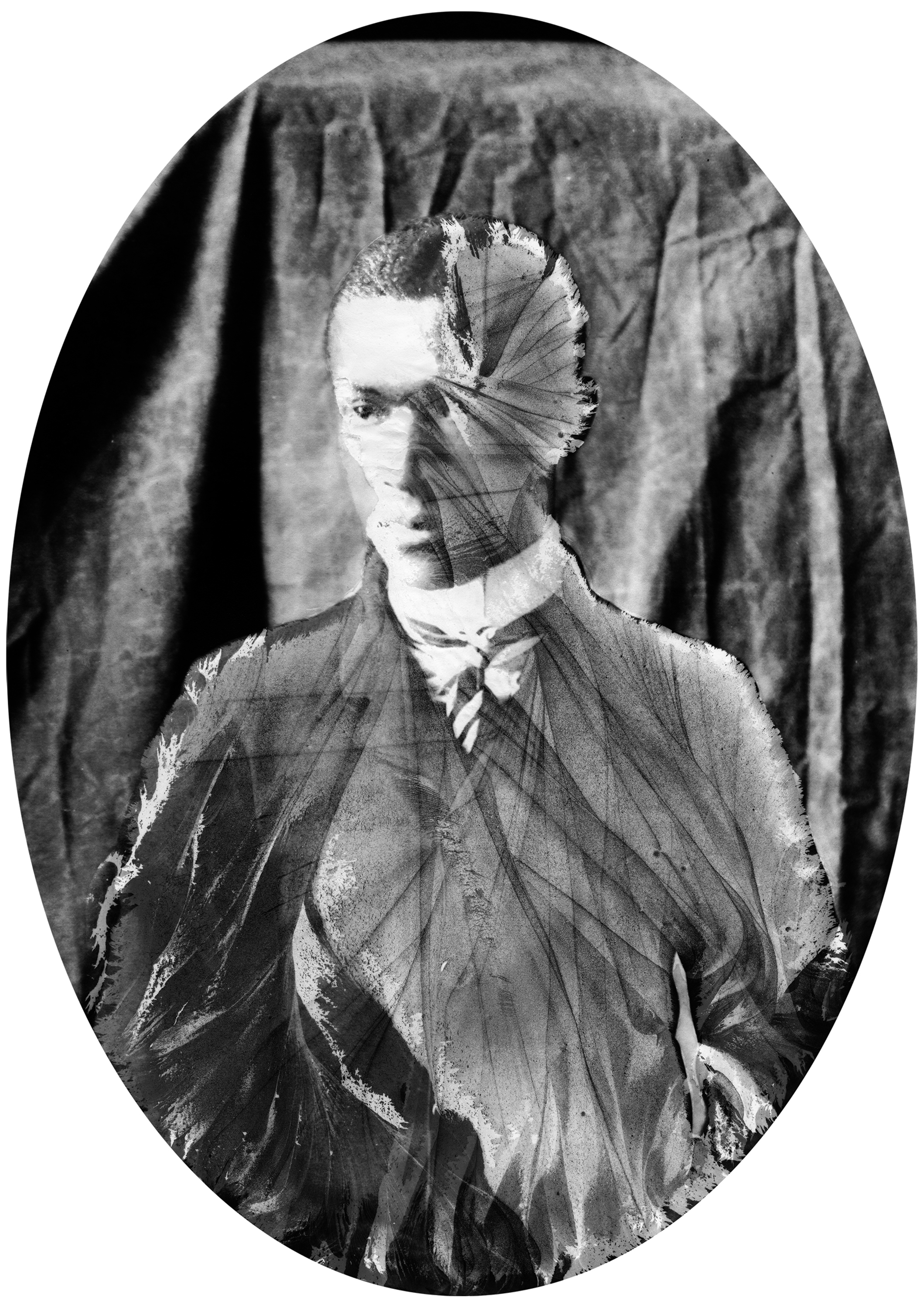
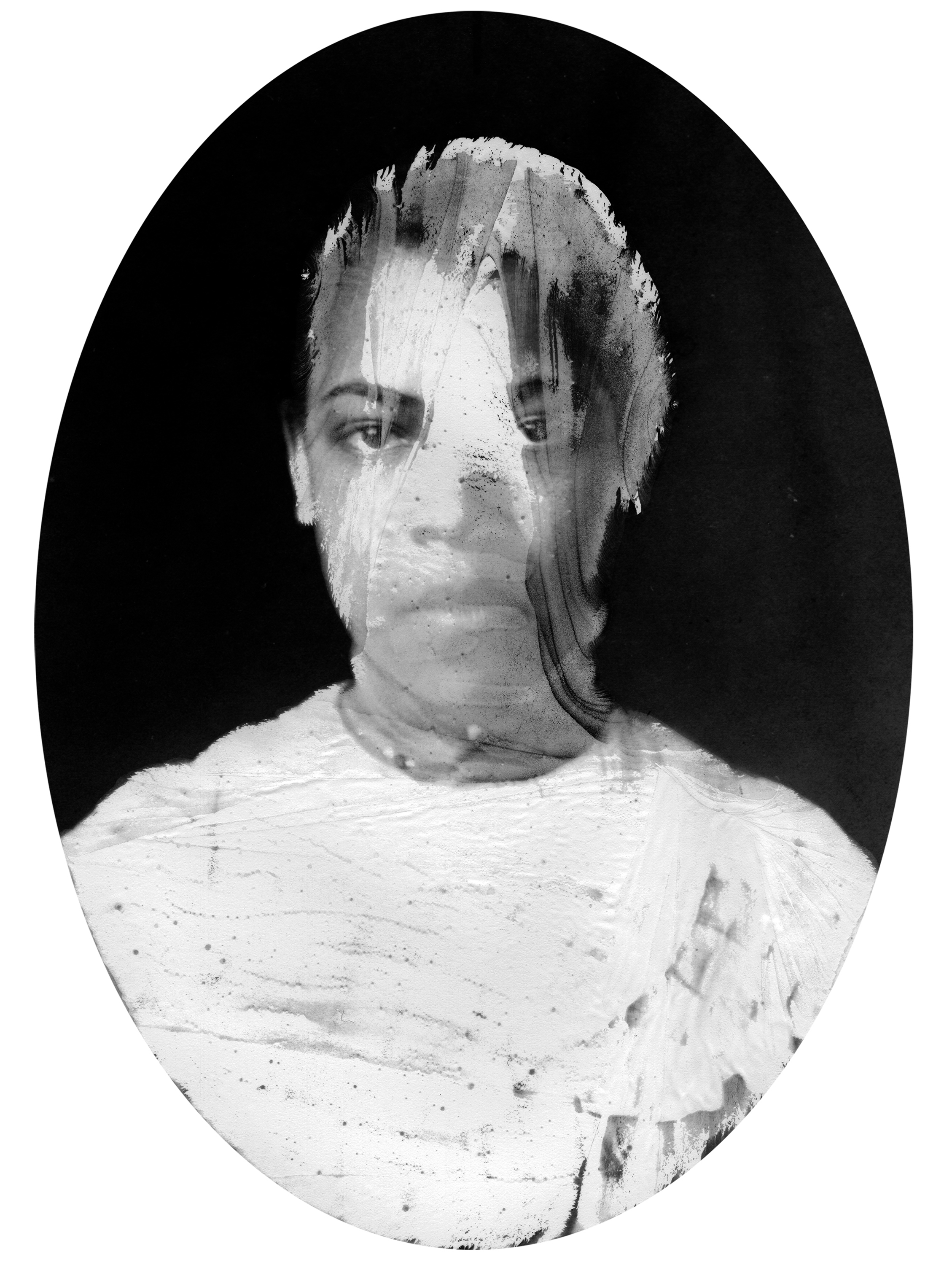
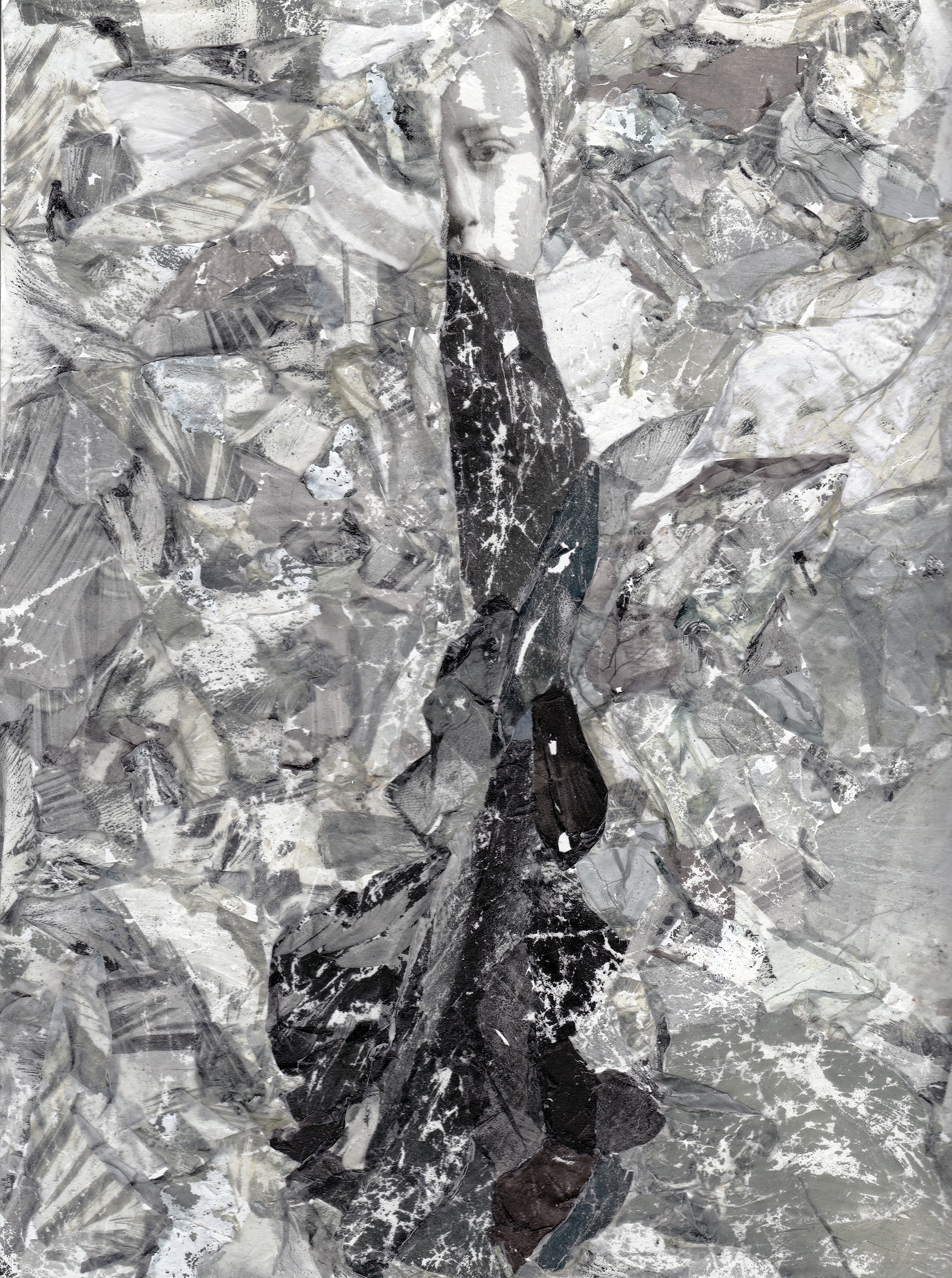
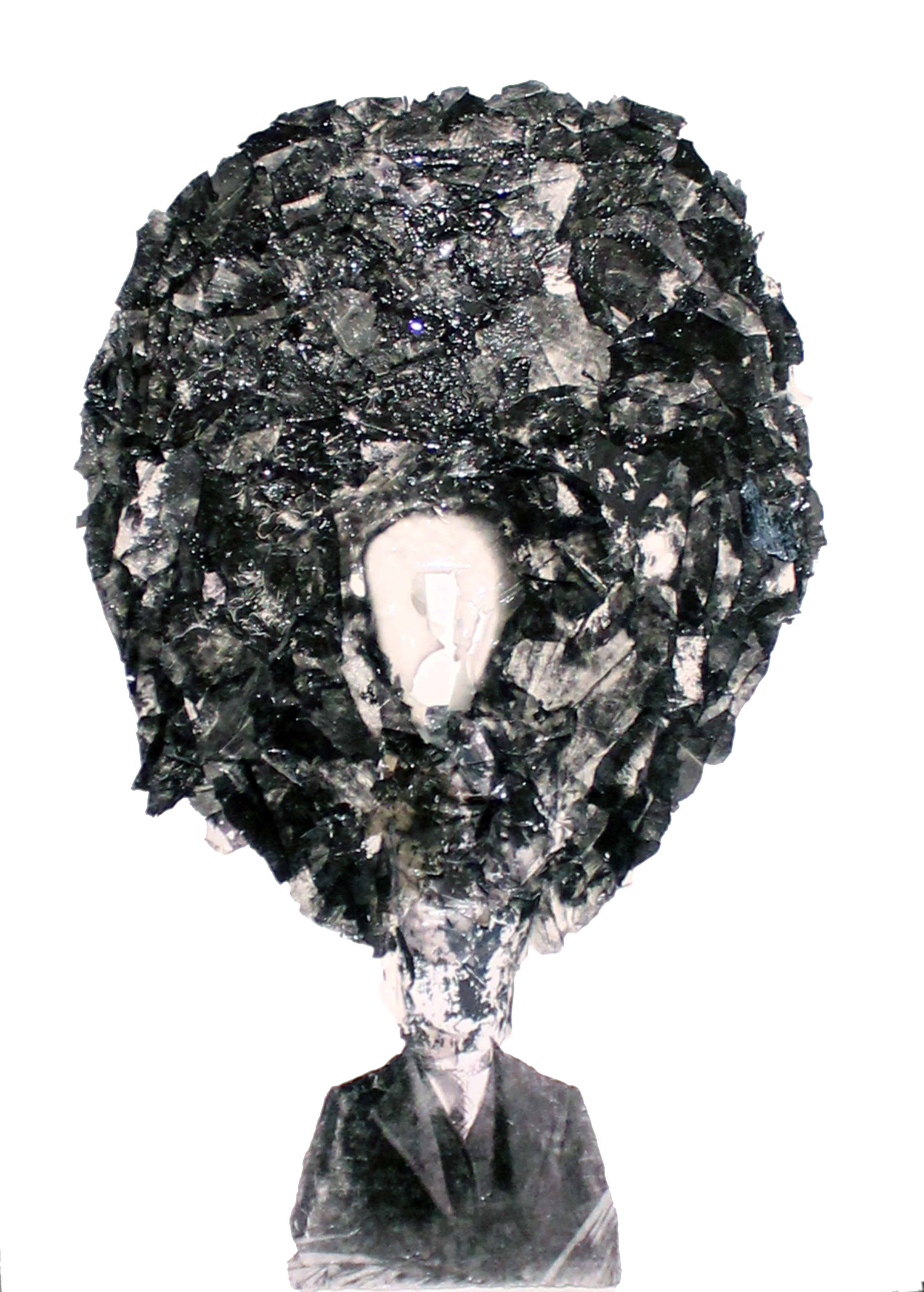



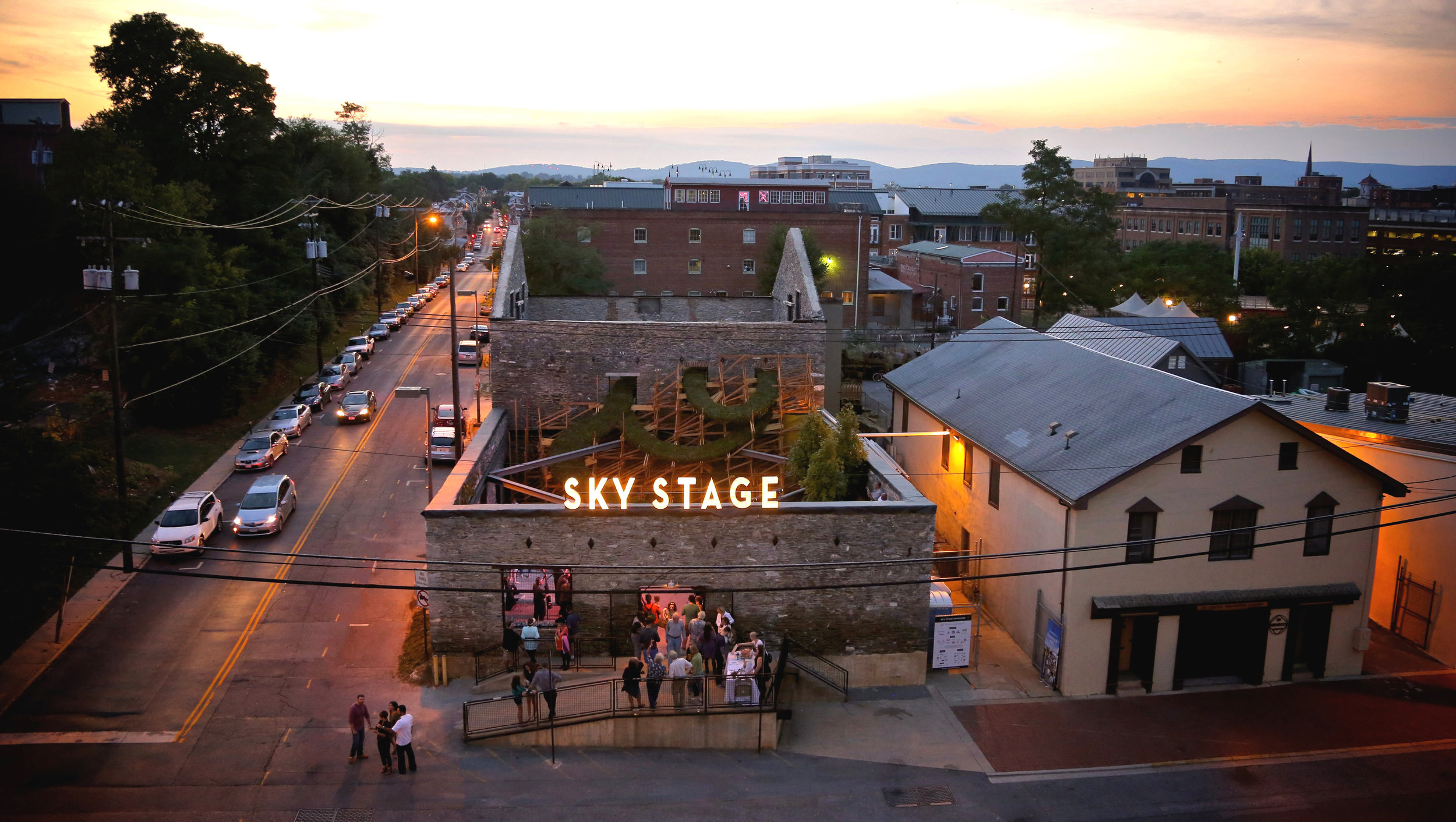


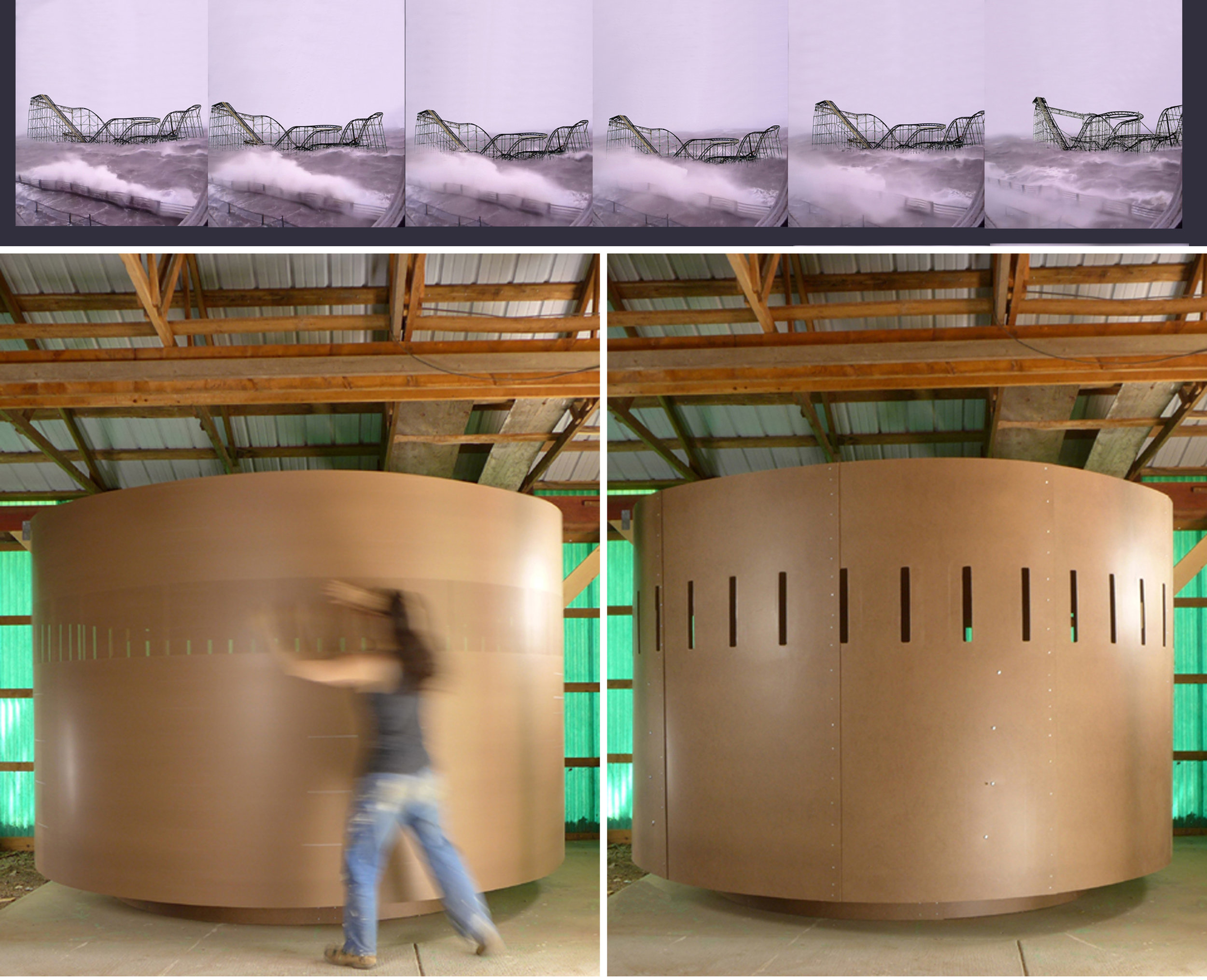
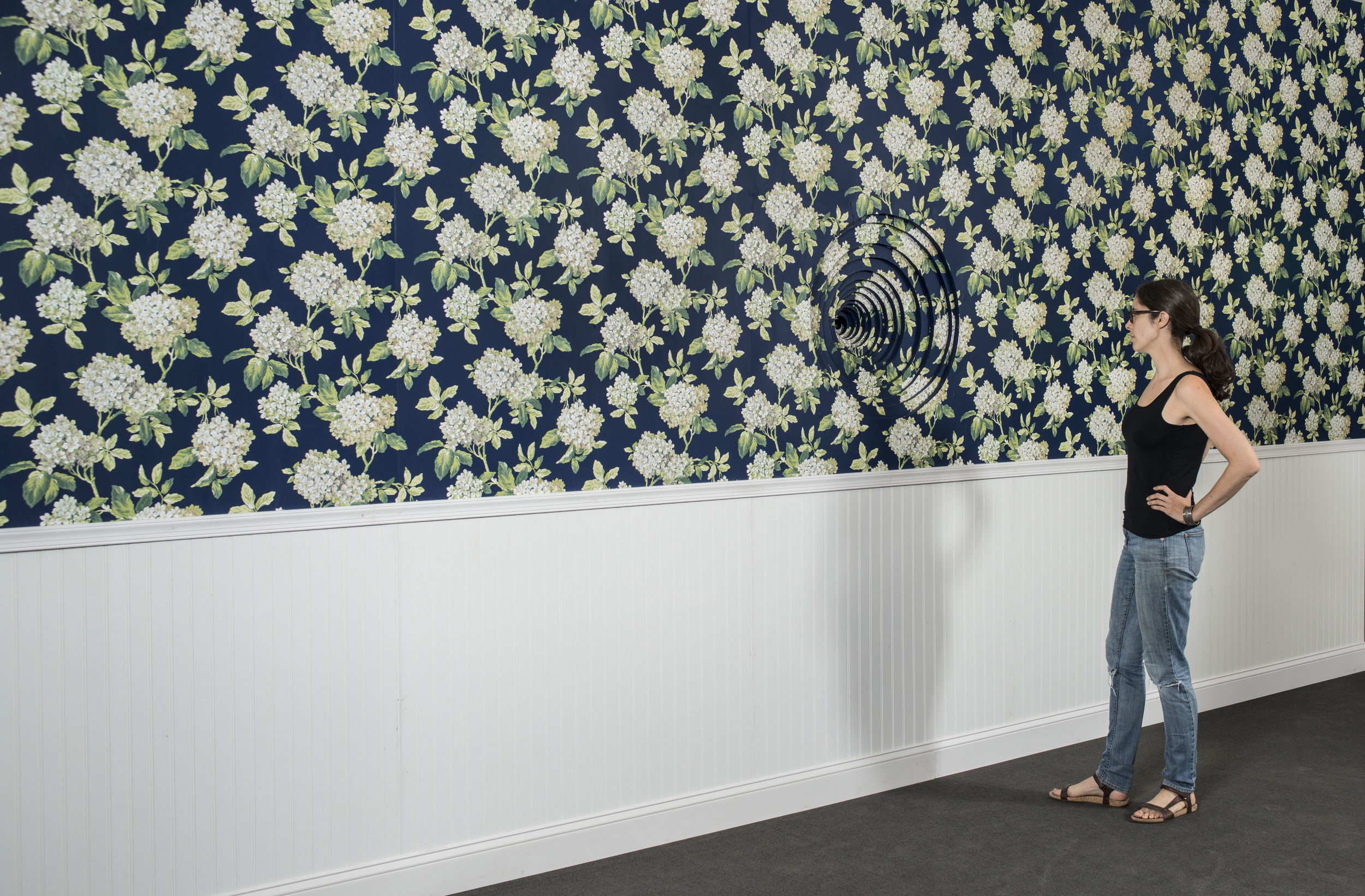
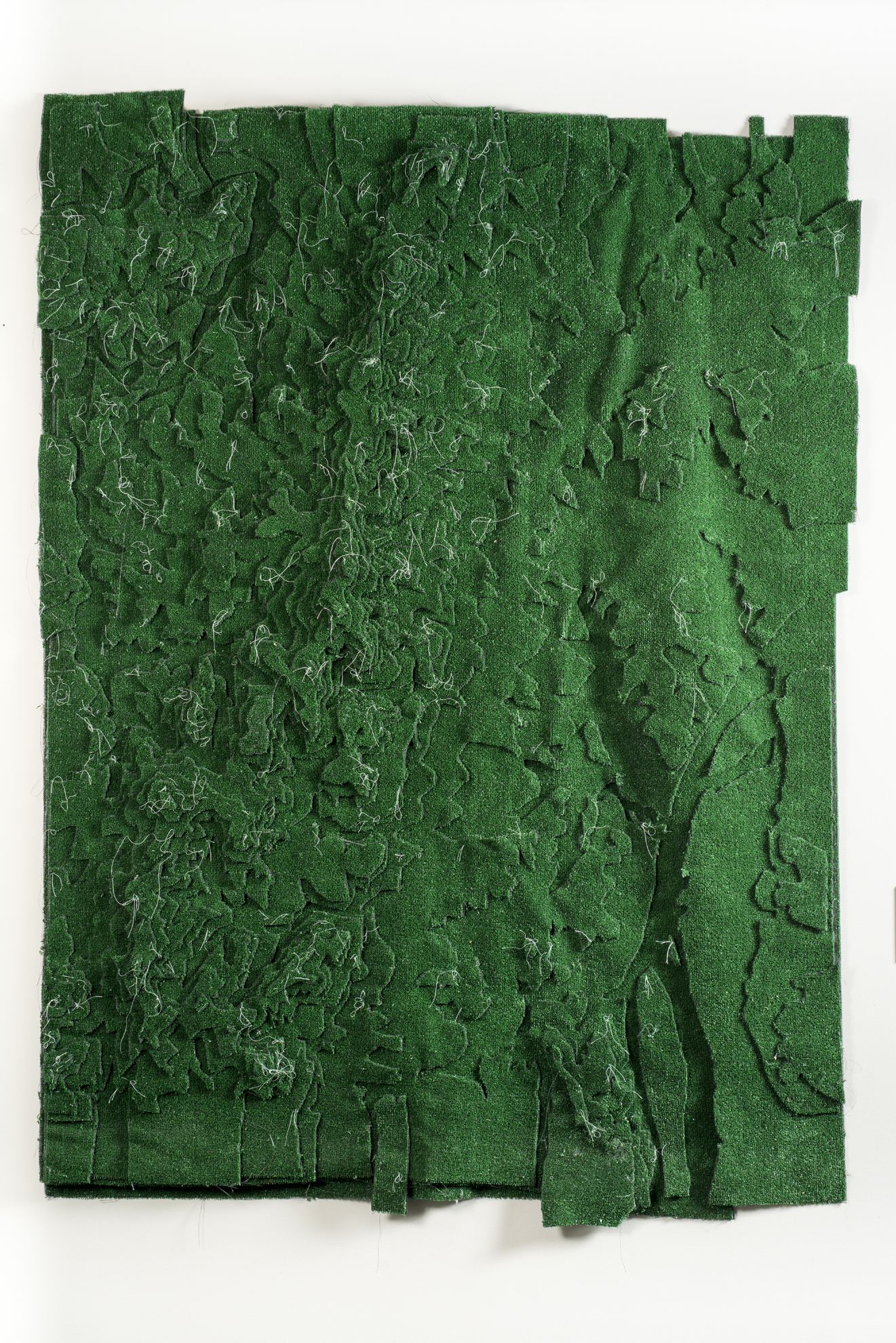



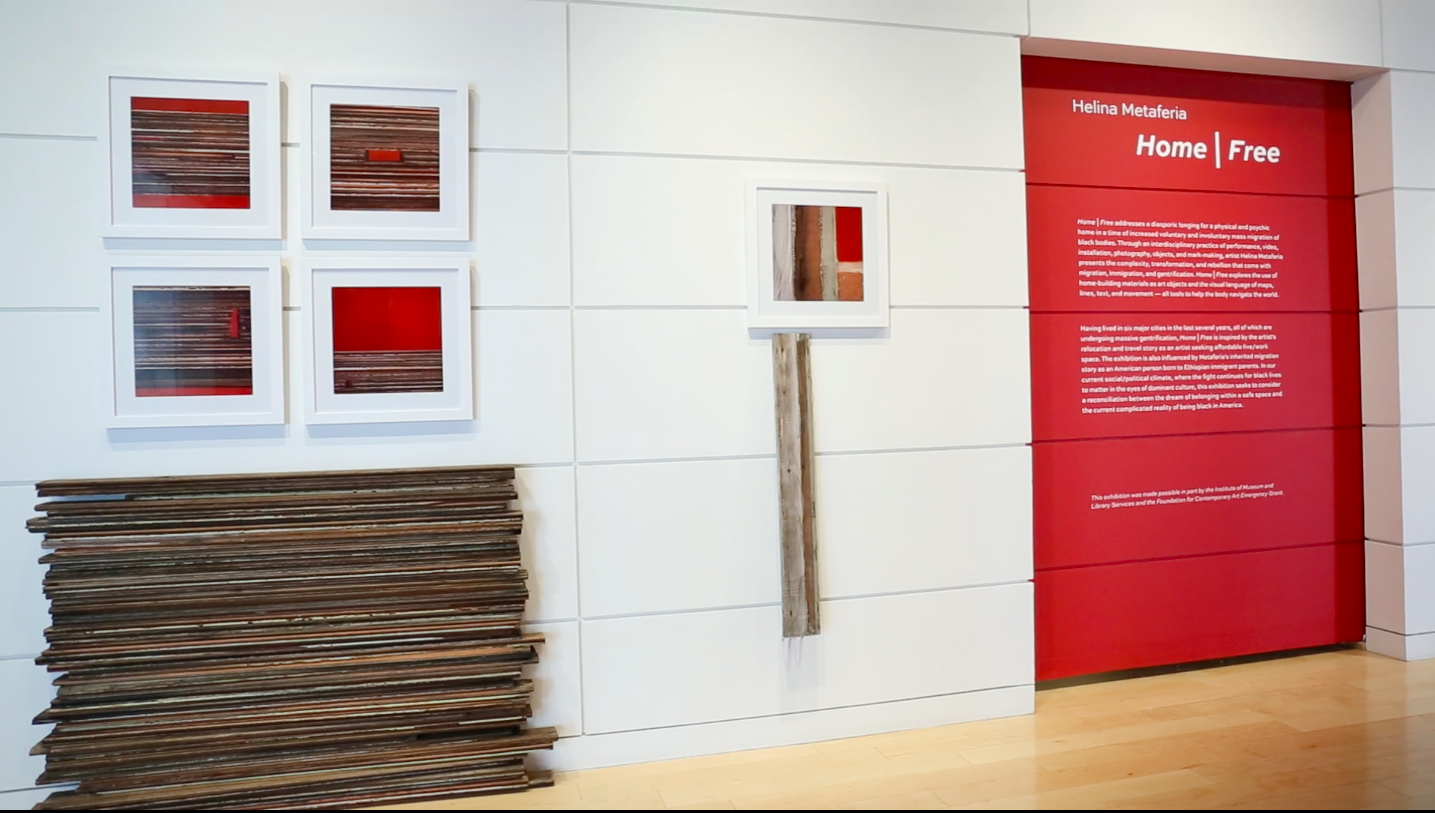

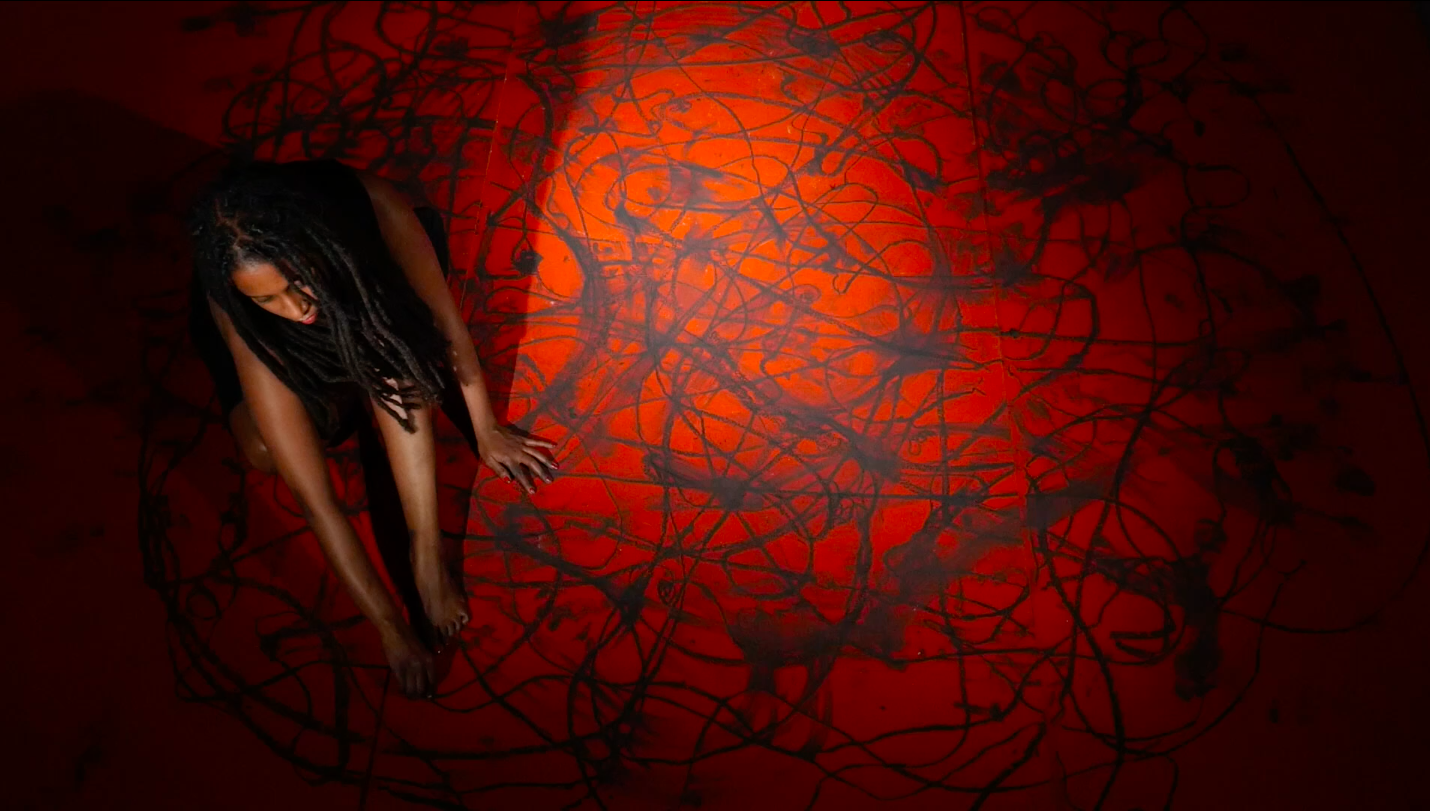
![Sacred Transitions [and the precariousness of space for me and you]](https://images.squarespace-cdn.com/content/v1/574871f2e321404d84512955/1500608995782-QH014KR816OFK9I7G1NN/Screen+Shot+2017-07-20+at+11.41.40+PM.png)

